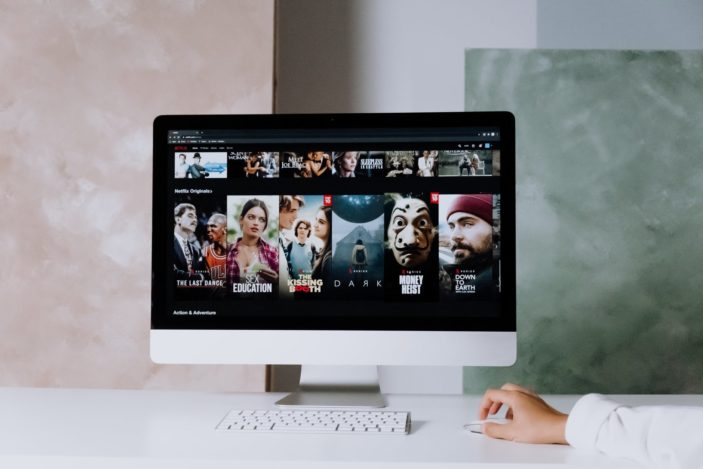
Netflix, Hulu, Amazon Prime, Disney+, Apple TV+, Discovery+, HBO Max …those are some of the big ones. But does it surprise you to hear there are a reported 200 streaming services currently available?
These undoubtedly sounded like good ideas to board members at various companies, “Yeah! Let’s create our own streaming service! We should get a slice of the pie!” The ‘balkanization’ of streaming services, however, is starting to get irritating. ZME Science reports that “According to a recent survey conducted by Verizon Media and Publicis Media, consumers access five services on average, and cord stackers (people who use both streaming services and cable TV) use seven streaming services on average.” Spoiled for choice, yes, but it’s getting out of control. Well over 50 percent of survey respondents said they felt “overwhelmed” by the amount of content available.
Nearly 70 percent said they have a hard time picking something because of too many options. Lifewire argued in July 2021 that the glut of streaming options could push people to go back to cable. That’s possible, but more likely the market will find a way to go even more niche – allowing you to pay for only what you want. We’re also likely to see an increase in free content, supported by ads or in one recent case, crowdfunding.
The largest crowdfunded film or movie project in history is the hugely successful Christian app The Chosen. It can be viewed via free app or on YouTube. The idea of a standalone app for a TV series is relatively unique. With this type of app, your viewers are drawn deeper into your ecosystem. People who download The Chosen app are much more likely to check out the ‘behind-the-scenes’ footage or watch a short interview. The Chosen Director Dallas Jenkins and team deserve credit for their creativity with their app: it’s a viewing platform, an online store to sell merchandise from, a place to continue crowdfunding (investors buy stock in the series and own it for life – another first), and of course, it makes it easy to send out notifiers on when new episodes are coming online. The app also gives the company a lot of data on who’s watching, where, and when. The Chosen isn’t primarily motivated by profit, but it’s showcasing a rather impressive business model.
The downside is that you are one fish in a huge ocean. Most television series would rather get on some large platform but who knows? It’s working for The Chosen as their fan base is emotionally invested. Could say, The Mandalorian does the same, but charge, say, a dollar an episode? We will have to see if anyone else in the entertainment industry gives this model a try – with the aim of making profits. Standalone apps are risky. Some say they don’t want to download yet another app on their already overcrowded smartphone or tablet. But the idea is still tantalizing. Maybe we don’t want 50,000 titles… perhaps people would pay small amounts for only the content they want. Predicting the future is a fool’s errand but it’s pretty safe to say people will always want more choices for less money.
A service such as Netflix can hardly be called expensive – the basic plan is US$8.99 a month (AU$10.99 in Australia). But as the pandemic rages into 2021, many people have looked at what ‘extras’ they could cut from their budget, and if you have accounts on Apple+, YouTube, Spotify, Hulu, and Netflix, those ‘extras’ add up. There are also an increasing number of options for free streaming services that are completely legal and even relatively hassle-free. Some of them require you have a library card from your local library, which has a deal with that streaming service. You can then borrow films or shows for viewing – as you would from a library. This isn’t going to work everywhere.
A more interesting development was the August 2021 full launch of Amazon’s free IMBd streaming app in the USA… supported by ads. If you are cool with actual DVDs, Redbox rents movies for often under US$2 a day and streams others with ads. Other services are said to be exploring streaming, but not on-demand. You would watch super cheap or free streaming channels that would be much like ‘old-fashioned’ TV, with ‘unskippable’ commercial breaks.
“Free” with ads, super-cheap but limited, or standalone apps. We may be heading into a new era of entertainment choices that will pose a challenge to the streaming services that thought they had the market cornered. The driver for both sides is cost: streamers need to pay for content and the cloud bandwidth to cover thousands of titles all over the world. Consumers are also starting to get picky about costs.
Why can’t I pay for only what I want? – It’s a valid question that will see a variety of answers.
